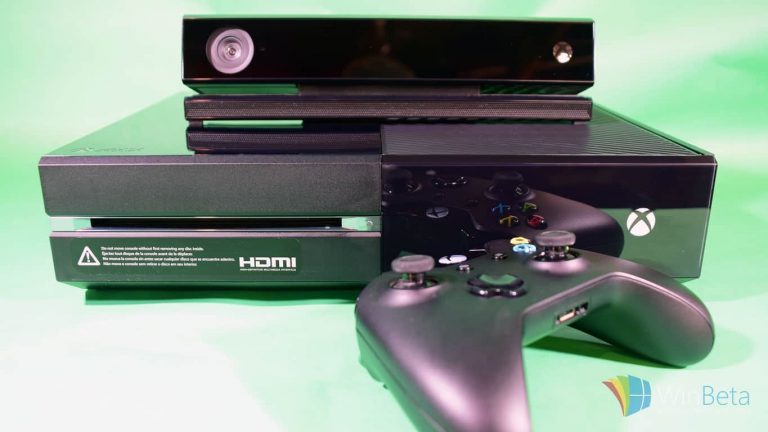Microsoft received some heat from Xbox gamers when they released the Xbox One, for a few reasons. First, Xbox Ones were going to require an always-on Internet connection. Second, Xbox One’s DRM was going to make selling and trading games impossible. And, third, the price with the included Kinect 2.0 was an uncompetitive $499.
Microsoft responded to each of these requests, altering the DRM to allow for disc-based games that can be sold and traded, turning off the always-connected requirement, and offering an Xbox One version without Kinect for $399. Xbox users were happy again. At the same time, these changes dramatically reduced what was go be an advantage of the Xbox One system–developers were going to have a consistent and predicable environment for which to develop titles.
As Polygon reports, there really is a dichotomy between users who own and regularly use Kinect, and those who don’t. Developers (and Microsoft) must take dichotomy this into consideration when designing games (and supporting the platform), and there’s simply a smaller market overall for titles that utilize Kinect. This effect is only partially mitigated by the fact that most people who own a Kinect actually use it.
Microsoft’s Xbox chief marketing office, Mike Nichols, weighed in on the situation:
“Overall, we don’t break down how many console users have Kinect and how many don’t,” said Mike Nichols, chief marketing officer for Xbox. “That’s a level of granularity we don’t want to get into.
“I can say that the people with Kinect still make up a very, very sizable portion and that those people do use it quiet frequently. Less for games, but a lot more for biometric sign-in and user interface.”
While Nichols declined to give any hard numbers, he did say that a “vast majority” of Kinect owners are still using the device on a regular basis.
The challenge for game designers is that a game that’s optimized for Kinect voice and gesture controls won’t play as well with a controller, and vice versa, and so the best-designed game will necessarily be limited to users with or without Kinect. The same goes for Microsoft in designing the Xbox One operating system, and in migrating it to Windows 10–it’s much more difficult to make ultimate use of Kinect in the OS when some significant part of the market doesn’t own it.
And so, Kinect’s role in controlling the OS is necessarily limited. This makes Xbox One easier for Microsoft to develop and support, but it also dramatically reduces what’s possible with advanced voice controls and gestures. Cortana will support Kinect, but won’t rely on it, offering headset and typed commands as well. That can’t help but impact the experience.
In the end, it’s unfortunate that Microsoft needed to make so many changes to their original vision of a consistent, predictable platform that developers could fully leverage when making games, but price and flexibility are also important. Responding to the market was the smart thing to do, even it if somewhat limited what Xbox One is capable of accomplishing.



